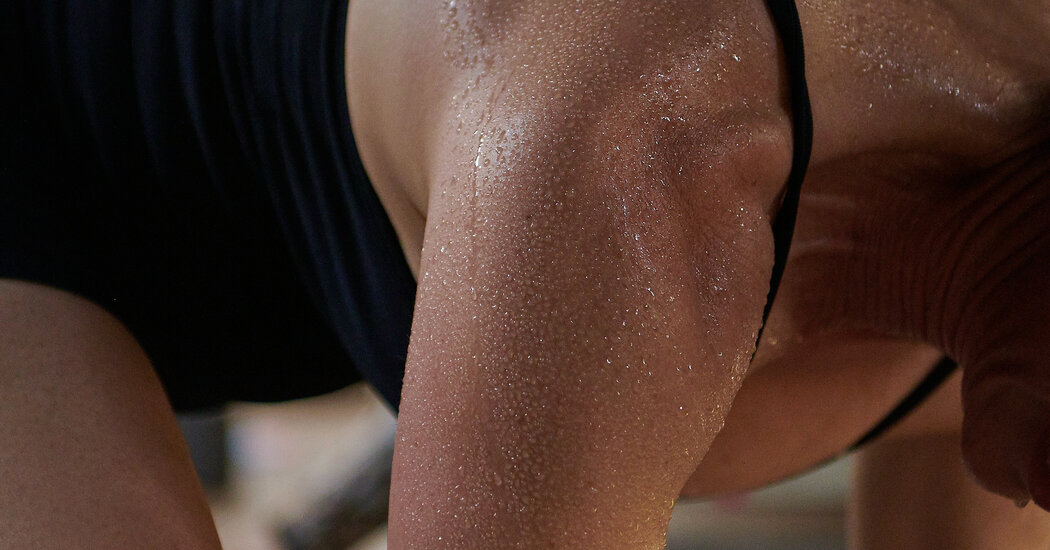Here’s what happens to your body during a hot fitness class.
For some people, sweating through an intensely hot workout class can border on a spiritual experience. For others, a toasty studio simply offers some relief from frigid winter weather.
Not all heated workouts are equally hot: Bikram yoga classes are typically 105 degrees with 40 percent humidity, while other heated classes can range from a cozy 80 degrees to a scorching 125. And while hot yoga is perhaps the most familiar heated workout, hot Pilates and hot high-intensity interval training classes are also popular.
Those who swear by these workouts claim that turning up the temperature can increase your flexibility, enhance your heart health or even help you sweat out supposed toxins.
Here’s what exercising in the heat really can — and can’t — do for you.
Heat may improve your flexibility.
Some small studies suggest that applying heat directly to your muscles, such as with a heating pad, can increase your flexibility and range of motion. Stretching in a heated room may have similar effects, though there is limited research in this area.
Your blood vessels expand in the heat, allowing them to deliver more oxygen and blood to your muscles and tendons. This may help loosen your muscles and make you more flexible, said Kelsey Bourbeau, an exercise physiologist at the University of Northern Iowa.
Hot workouts get your heart pumping.
Even if you’re not working out, just being in a hot environment, such as a hot tub or a sauna, speeds up your blood flow. Both heat and exercise make your cardiovascular system work harder, Ms. Bourbeau said. Those stressors trigger changes that can improve your health, such as strengthening your heart and lowering your blood pressure.
